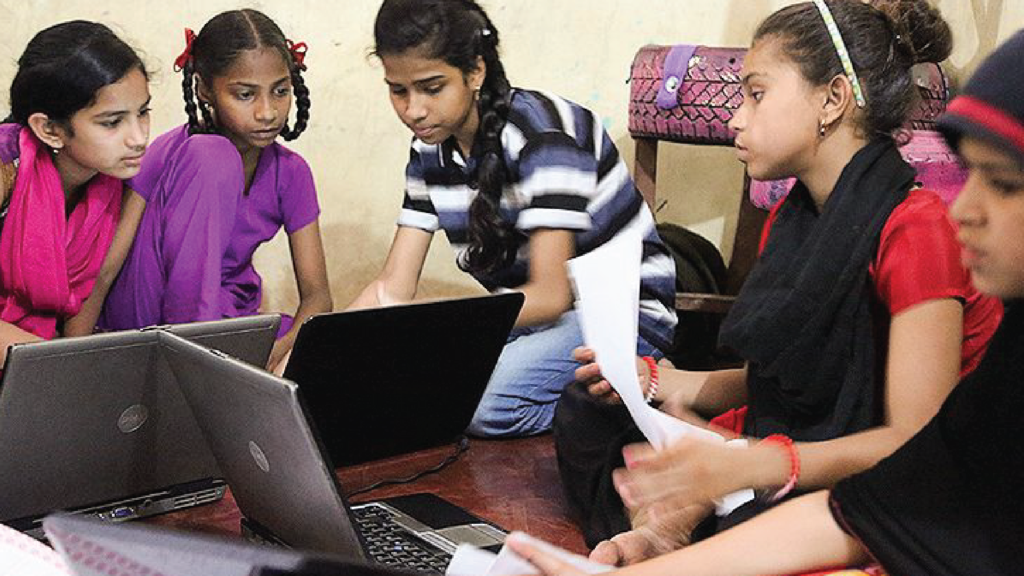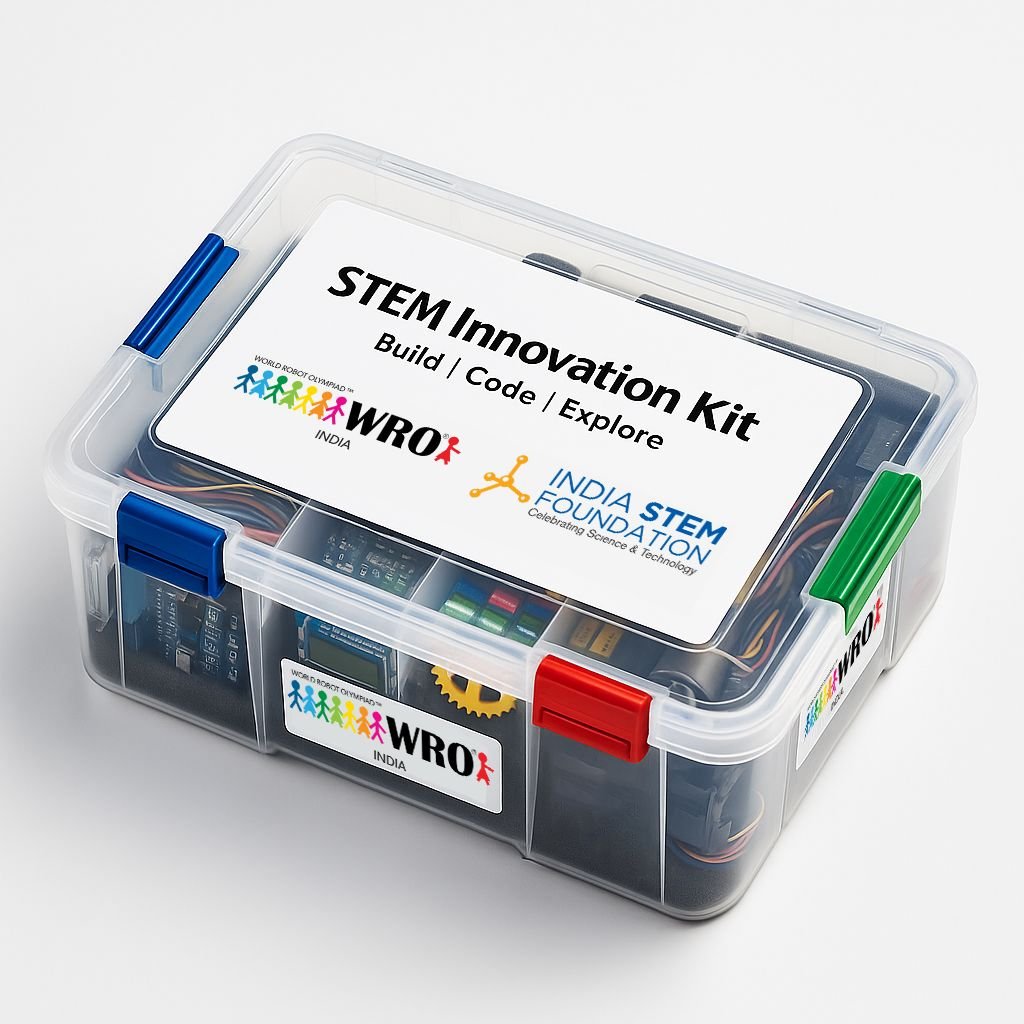The pressing demand for a highly qualified workforce in fields essential to technological advancement and innovation is addressed by STEM education. Pupils who have studied STEM fields are better able to manage challenging situations, keep up with emerging technologies, and contribute to society.With the speed at which technology is developing, STEM education is becoming more and more crucial. It encourages students to research, assess, and resolve real-world problems while assisting them in developing their critical thinking abilities. STEM fosters innovation, flexibility, and collaboration—qualities that are critical in today’s globally interconnected and competitive labor market.
Coding has become a vital ability in today’s quickly changing digital world, necessary for advancing in a variety of STEM disciplines. Coding is becoming an essential component of many fields, not only computer science. Examples include engineering, data science, and biotechnology. Knowledge of coding is becoming more and more essential for creativity, problem-solving, and job progression as technology continues to transform sectors. This article examines the rising importance of coding in STEM education, emphasizing how it can empower the upcoming generation of workers and propel technological advancement in India. For pupils to be ready for the future, they must comprehend this change.
Coding’s Place in STEM Education
Today’s digital age places a high value on coding skills across many different industries. Because of our increasing reliance on technology, businesses are seeking individuals with experience in software creation, data handling, and innovative problem-solving. According to recent surveys, the number of jobs requiring coding expertise is predicted to expand significantly, outpacing the development of many other occupations. Programmers with the necessary skills are especially needed by businesses in the entertainment, medical, and finance industries. The ability to code has become essential for future professionals as well as present workers to remain competitive in the labor market due to the advancements in automation and artificial intelligence globe.
As a means of bridging the gap between theoretical ideas and real-world applications, coding has become integrated into STEM education. With everything from software development to engineering simulations, it gives students the skills they need to comprehend and build sophisticated systems. Coding allows mathematical problems to be visualized and solved, and it also facilitates data analysis and experimentation in the scientific domain. Coding offers the fundamental abilities needed for creativity and critical thinking since STEM areas depend more and more on technology and digital solutions. Coding is included in STEM curricula to meet the needs of a tech-driven environment while also improving learning outcomes.
Advantages of Coding Knowledge for STEM Careers
Enhanced Ability to Solve Problems: Coding develops logical reasoning and methodical problem-solving, two abilities that are critical for taking on challenging tasks in STEM professions. Experts can create creative and effective solutions by segmenting difficulties into manageable pieces.
Greater Career Opportunities: Possessing coding skills offers up a world of employment options in software development, data science, engineering, biotechnology, and artificial intelligence, among other fields. The need for coding expertise is only increasing as more sectors adopt digital transformation.
Multidisciplinary Uses: Experts with coding skills may operate at the nexus of several STEM domains, for example, merging computer science and engineering or using data analytics in biological research. This adaptability improves one’s employability and capacity to participate in innovative ventures.
Enhanced Cooperation and Communication: STEM workers may work more productively with software developers, data scientists, and other tech-focused colleagues when they are aware of the fundamentals of coding. It encourages improved cooperation and communication on interdisciplinary tasks.
Innovation and Creativity: Professionals that know how to code are better able to automate procedures, build new tools, and come up with creative solutions to pressing issues. This innovative spirit is essential to STEM occupations in order to push the envelope and maintain competitiveness in quickly changing sectors.
Adaptability to Future Technologies: Flexibility with Regard to New Tools, Programming Languages, and Technological Trends: Because technology is developing so quickly, having a solid foundation in coding is essential. In STEM fields, flexibility is essential for long-term success.
STEM Initiatives in India: Coding Education
India has acknowledged the vital role that teaching computer science plays in advancing STEM (science, technology, engineering, and mathematics) education. Government initiatives, such the National Education Policy (NEP) 2020, stress the need of teaching coding to children at a young age. To support this goal, several STEM initiatives—both commercial and government-led—have been started.
Under the auspices of the Atal Innovation Mission, initiatives such as the Atal Tinkering Labs give students access to state-of-the-art tools, including 3D printers, robotics kits, and coding platforms. In these laboratories, students may experiment with coding and realize their ideas in a hands-on learning environment.
Groups like the India STEM Foundation also play a crucial role, hosting training sessions, workshops, and coding contests all throughout the nation. By ensuring that coding instruction reaches marginalized communities, these projects hope to close the digital divide and provide students with the skills they need to succeed in technology-driven sectors.
Gyanodya and Anushikshan are two pivotal initiatives by the India STEM Foundation aimed at enhancing STEM education in India. Gyanodya focuses on empowering teachers through specialized training in STEM methodologies, equipping them with tools to deliver hands-on, experiential learning. In parallel, Anushikshan provides comprehensive training in advanced STEM subjects like robotics and coding, enabling educators to effectively mentor students in these innovative fields. Together, these programs enhance teaching quality and foster a deeper understanding of STEM concepts, ultimately preparing students to thrive in a technology-driven world.
With these initiatives, India is raising a new generation of creative thinkers, analytical thinkers, and tech-savvy professionals who will be valuable to the country’s development in the digital age.
Resources for Learning to Code
There are several tools available to support different learning styles and skill levels while learning to code. Coursera, Codecademy, and freeCodeCamp are just a few of the websites that provide engaging and easily accessible interactive programming language training. YouTube tutorials include real-time code examples and visual explanations for individuals who learn best visually. Comprehensive guides for self-learners may be found in books like “Eloquent JavaScript” and “Automate the Boring Stuff with Python.” Additionally, coding boot camps offer rigorous programs that accelerate learning through real-world projects. Community platforms that encourage collaboration and problem-solving, like Stack Overflow and GitHub, help to enhance the development process.
In conclusion, Coding has transcended its initial view as a specialized field within computer science to become a crucial talent across numerous STEM disciplines in today’s quickly changing digital ecosystem. In domains like biotechnology, data science, and engineering, where coding promotes innovation, problem-solving, and professional progression, its importance is clear. The growing significance of coding in STEM education has been discussed in this article, with a focus on how it may empower the next generation and spur technological innovation in India. Students must comprehend this transition since they will need to be proficient in coding in order to survive and navigate an increasingly tech-driven environment. Coding is incorporated into STEM courses to guarantee that students have the knowledge and abilities necessary to thrive in their future employment.




